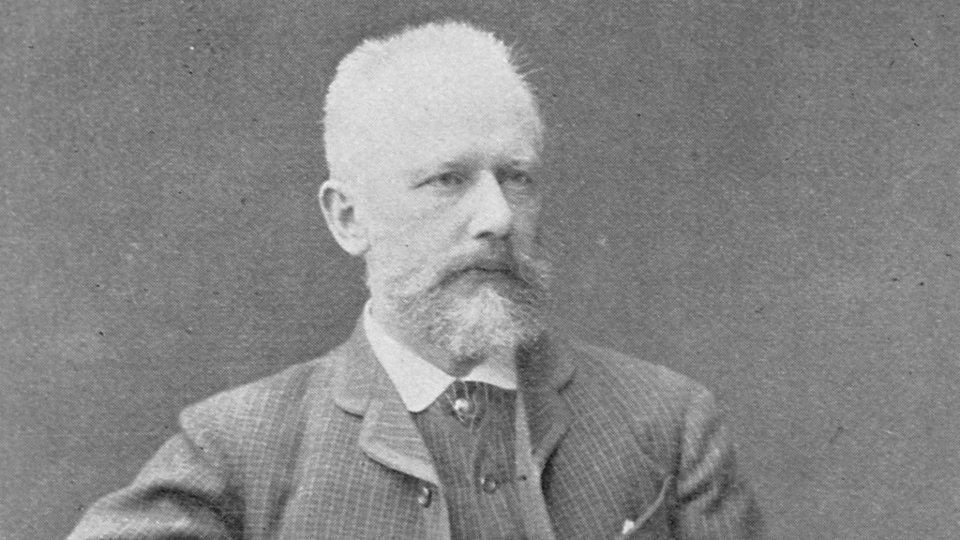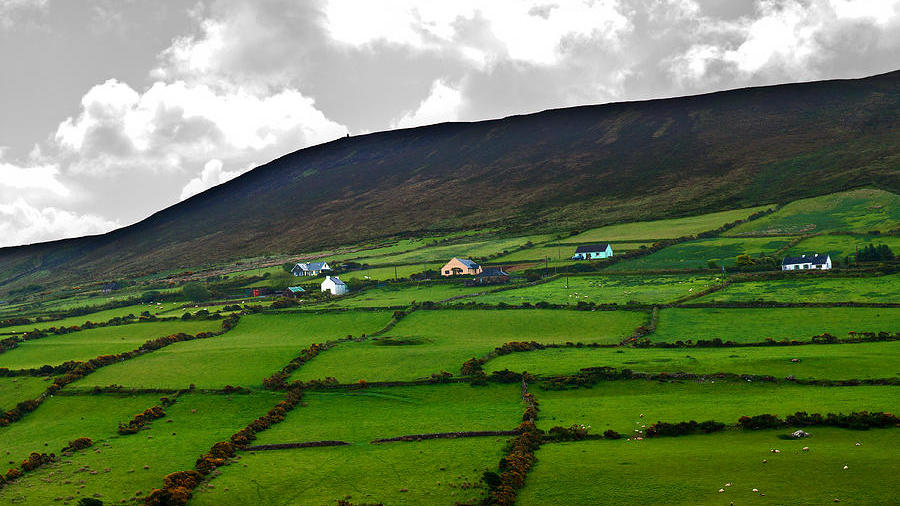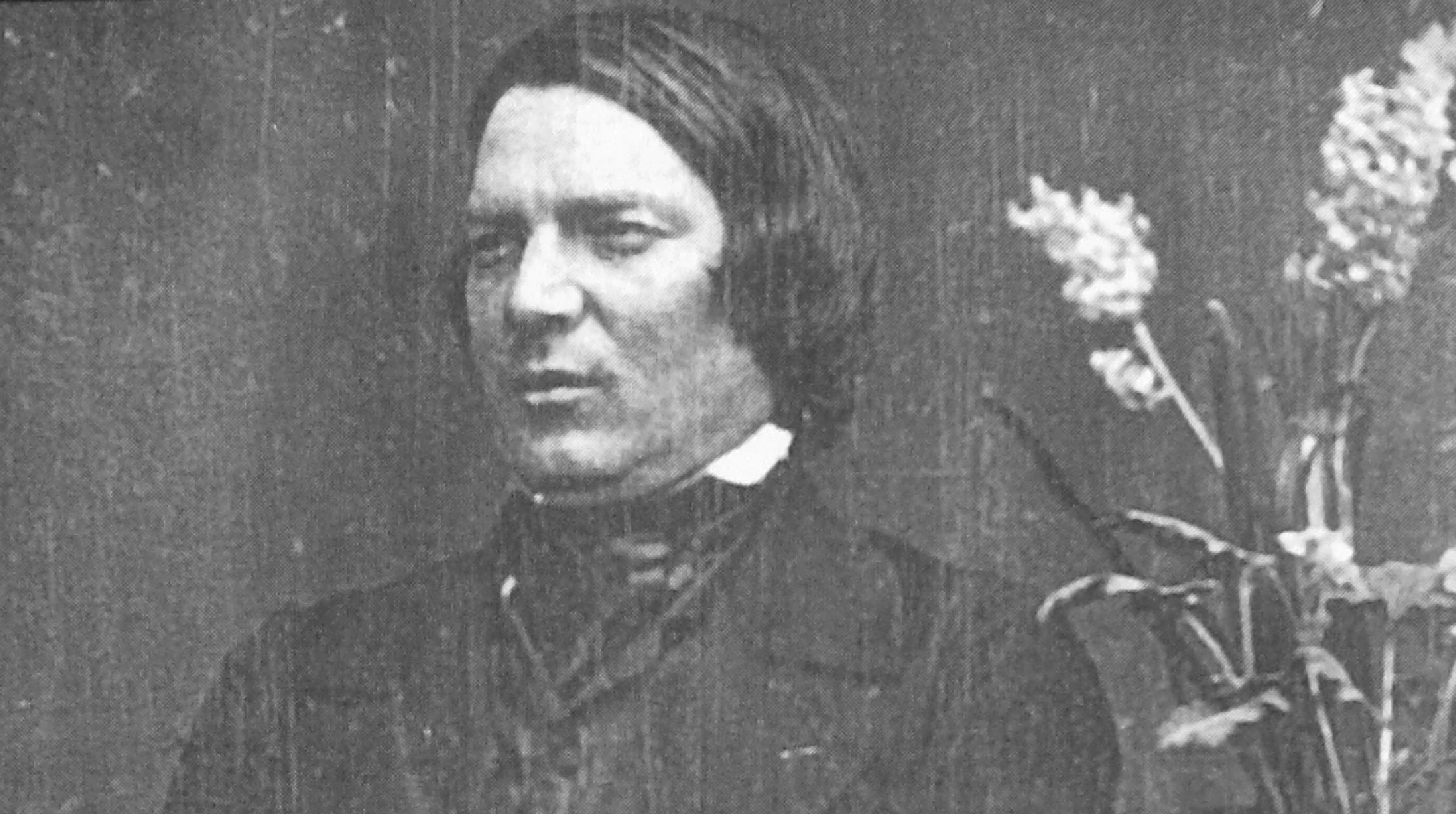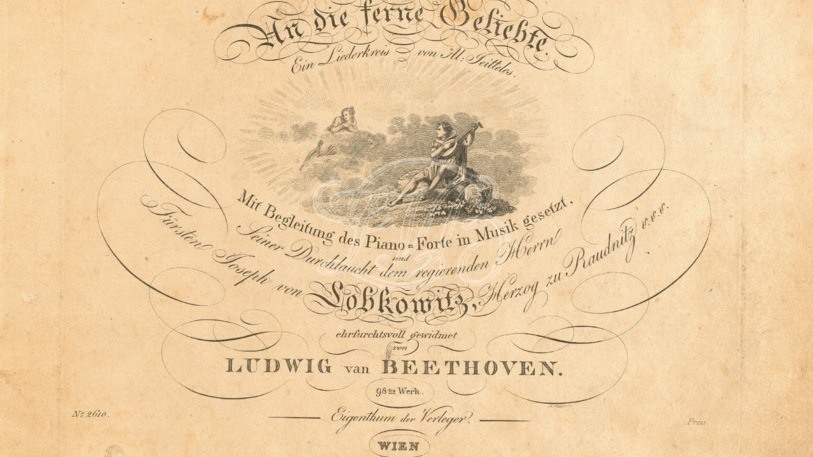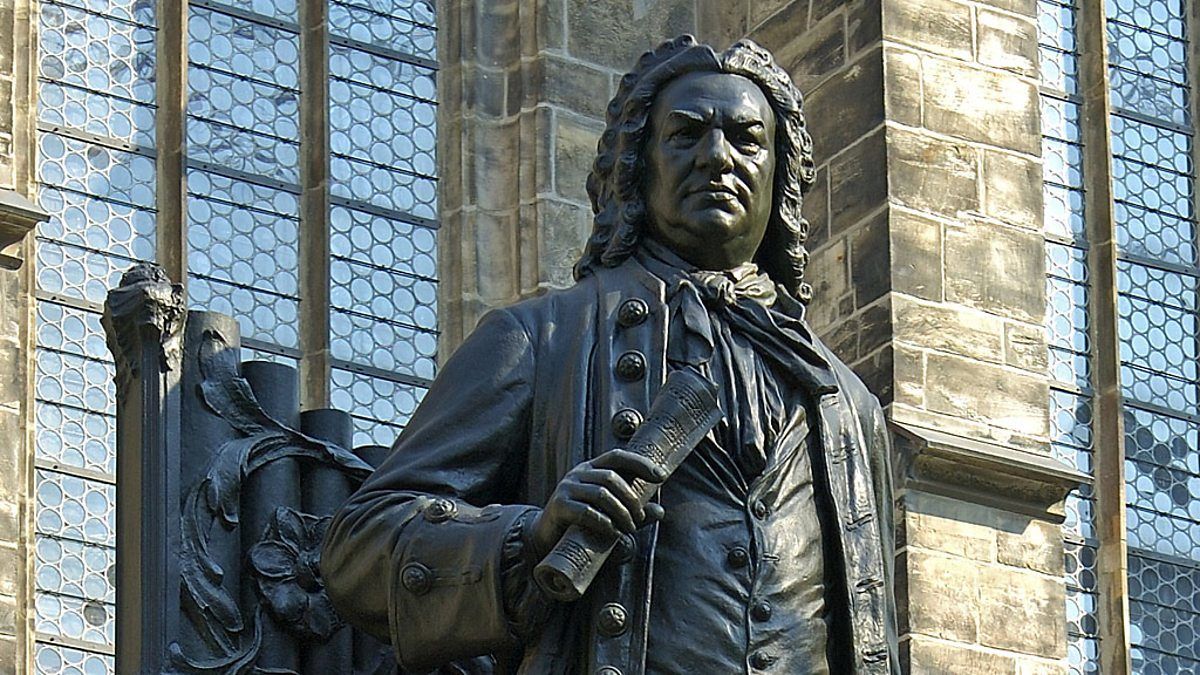Bach’s Toccata and Fugue in F Major: Delightfully Deceptive
An awe-inspiring musical drama unfolds in J.S. Bach’s Toccata and Fugue in F Major, BWV 540. Developing with a sense of sublime inevitability and self-organizing structure, it is hard to believe that any mortal could have written such powerful and perfect music. The monumental Toccata is an exuberant celebration of canonic counterpoint. An unrelenting two-part canon expands across 108 measures over an unflinching pedal tone. Harmonically, the music pulls away from its firm foundation in F …


